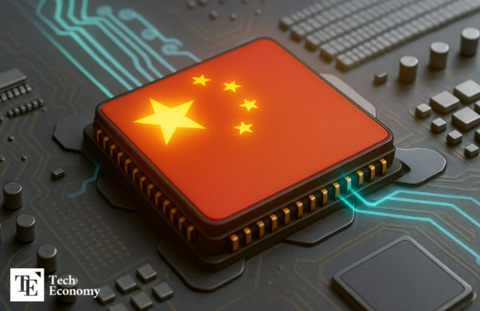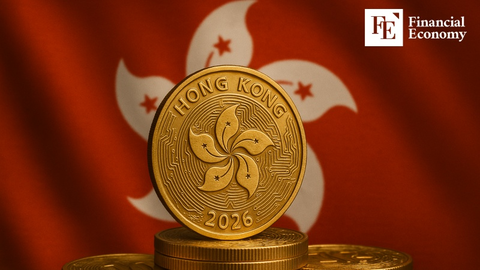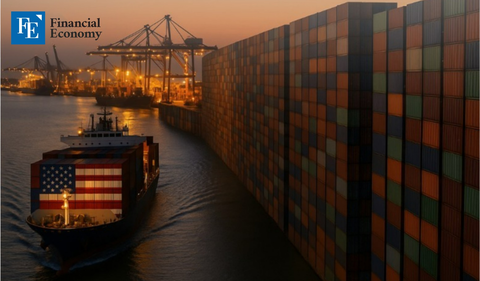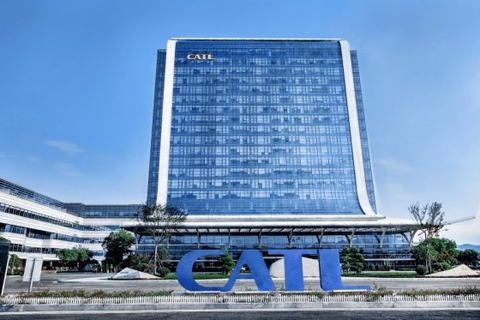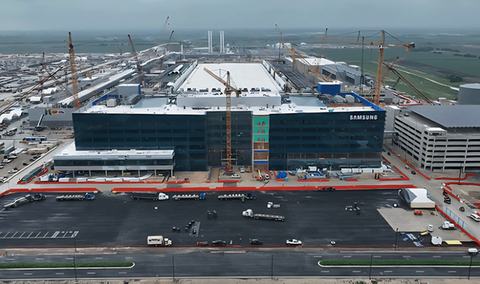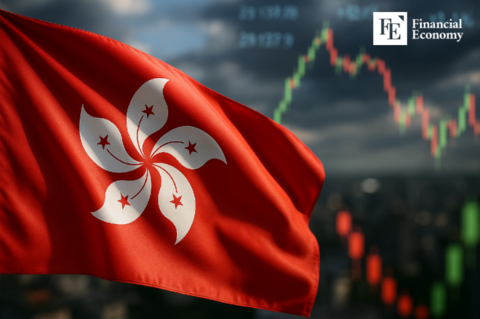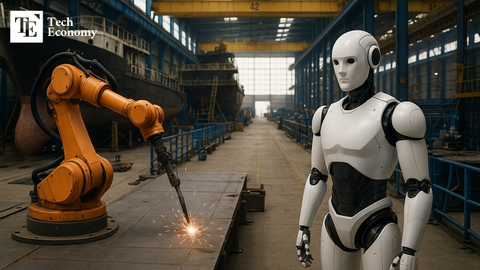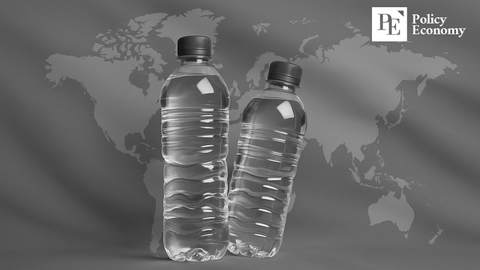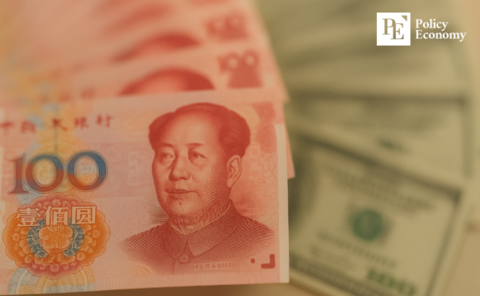Input
Changed
Permit expiration on the 9th, operations halted from the 10th Possibility of production gap amid “no short-term resumption plan” Potential reflection of Beijing’s clampdown on “involution-style competition”
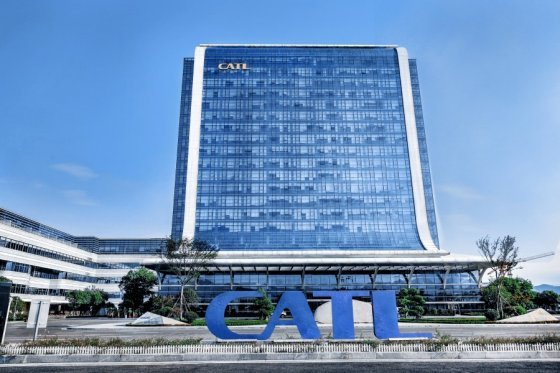
Contemporary Amperex Technology Co. Limited (CATL), the world’s largest battery manufacturer, has temporarily suspended production at a major lithium mine it operates in Jiangxi Province, China. While the “expiration of the mining permit” has been cited as the primary cause, speculation has emerged that this may also reflect the Chinese government’s intent to curb “involution-style” competition—destructive internal price wars within an industry. Market sentiment is increasingly tilting toward expectations that this could ease lithium oversupply and spur a rebound in prices.
CATL Shuts Down Operations at Yichun Mine, the ‘Lithium Capital of Asia’
On the 11th (local time), Bloomberg News, citing sources familiar with the matter, reported that CATL had issued an internal notice announcing the suspension of operations at the Zhenxiao lithium mine in Yichun, Jiangxi Province. Yichun is widely referred to as the “Lithium Capital of Asia” and serves as a key hub for lithium production within China. The suspension has temporarily disrupted the production and supply chain encompassing CATL’s internal workforce, external contractors, and nearby refining plants. According to one source, “CATL halted production because it failed to renew the primary mining permit, which expired on the 9th of this month.”
The reasons for the failure to secure permit renewal remain unknown. CATL has not disclosed the duration of the suspension but stated, “We are expediting the application process to renew the mining license in accordance with relevant regulations and will resume production upon approval.” However, according to another Chinese media report citing a CATL representative, there are no plans to restart mining operations in the near term, raising the possibility of a production gap that could last for several months.
Suspension in September Last Year, Resumed in February
This is not the first time CATL has halted operations at the Zhenxiao mine. The company also suspended mining activities in September last year. CATL’s Yichun facility, with an annual production capacity of 200,000 tons, ranks among China’s largest lithium plants. CATL acquired the mining rights for lithium deposits in Yichun in April 2022 with a winning bid of approximately $120 million, and completed its first plant there last year. Yet, just over a year after operations commenced, production has once again been brought to a halt.
The Zhenxiao mine is known for its high extraction difficulty, which drives up production costs. However, amid oversupply, China’s lithium carbonate prices fell to around $110,000 per ton after July 2024 and had dropped to the low $99,000-per-ton range by the time of the suspension decision. In such conditions, the plant was facing mounting losses the more it produced.
CATL resumed operations in February this year. According to UBS, “CATL sought to reduce production costs by blending lithium mined in Yichun with high-purity lithium sourced from other regions,” explaining the rationale behind the plant’s restart. Yet, just six months after resuming, mining activities have been halted once again.
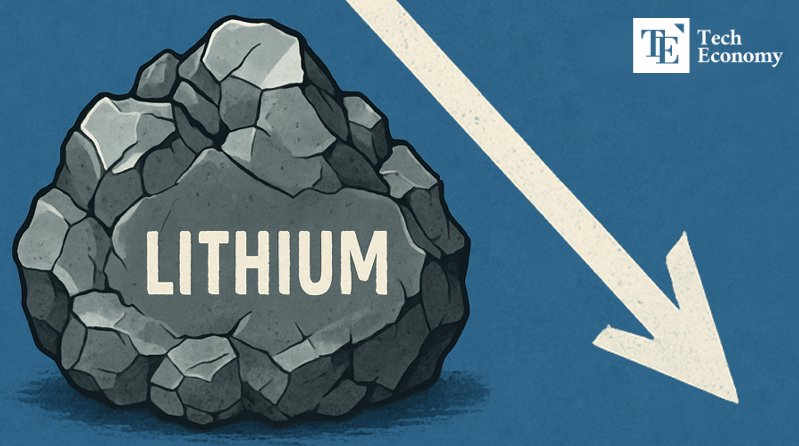
The latest shutdown has drawn attention as it aligns with Beijing’s broader policy drive to curb industrial overproduction and strengthen environmental and safety oversight. Some analysts suggest that the more complex permit renewal procedures could be a de facto means of forcing output reductions. According to Chinese financial media outlet Gelonghui, Citigroup assessed that the suspension of operations at the Zhenxiao mine could be part of China’s measures to prevent involution-style competition.
Recently, the Chinese government launched its first supply-side reform initiative in a decade to address oversupply in the electric vehicle (EV), battery, and solar panel sectors. State-run and local media have reported that Beijing plans to announce the reform package as early as September. The core measures are expected to include the elimination of “zombie companies,” closure of outdated plants, and reduction of excessive subsidies. Industry sources have even suggested that certain sectors may see production overcapacity cut by as much as 30%.
These measures come after President Xi Jinping publicly criticized in a 2025 city forum that “excessive investment in AI and EV industries is causing oversupply and wasting resources.” Bloomberg also reported that “Beijing has begun sending a market warning signal, signaling its determination to restructure.” In fact, 2022 data show that China’s battery production capacity reached 4,800 gigawatt-hours (GWh), roughly four times the domestic EV demand. Consequently, the State Council announced a “plan to curb irrational competition” and began implementing supply adjustments to ease competitive pressures in the EV industry.
The Zhenxiao mine alone accounts for roughly 3% of global lithium output, yet the lithium sector has been mired in a downturn due to oversupply and slowing EV demand. Since 2022, lithium prices have plunged by nearly 90%. Bloomberg noted that “after more than two years of oversupply, this suspension could have a tangible supply-control effect on the lithium industry.” Indeed, following reports of CATL’s halt in mine operations, lithium prices have fluctuated sharply. On the 8th, lithium carbonate futures on the Guangzhou Futures Exchange rose about 9%, reaching $121,000 per ton. Citigroup projected that “the supply disruption from this mine could drive lithium prices above $129,000 per ton in the coming days, before stabilizing in the $113,000–$129,000 range.”

